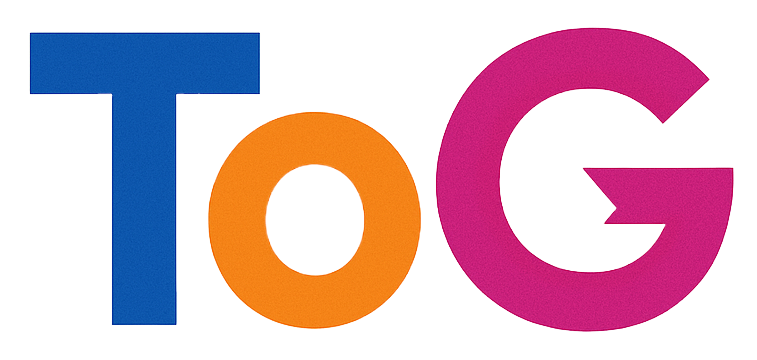Essential Insights on Google Analytics 4 (GA4)
Last week, I shared some valuable insights about Google Analytics 4 (GA4) with my email subscribers, and I believe it’s worth extending that conversation here on my blog. As we brace ourselves for the transition from Universal Analytics, it’s crucial to familiarize ourselves with the key features and changes that GA4 brings to the table. If you’re planning to continue using GA4 instead of switching to another analytics tool, here are some important points to consider.
Understanding Sessions
In GA4, a session represents a visit to your website, much like in previous versions of Google Analytics. However, there’s a significant change: sessions now time out after 30 minutes of inactivity, and they can include multiple traffic sources. In contrast, Universal Analytics (UA) would trigger a new session for each separate traffic source.
For instance, consider a user who clicks on a Facebook ad, logs in via a Google link, and is then redirected back to your site. In GA4, this counts as a single session with multiple traffic sources, whereas in UA, it would have initiated a new session just from the Google visit.
The Concept of Engaged Sessions
One of the innovative metrics introduced in GA4 is the concept of ‘Engaged Sessions.’ This refers to any session that meets at least one of the following criteria:
- Lasts longer than 10 seconds
- Includes two or more page views
- Result in at least one conversion
This shift allows for a more nuanced understanding of visitor engagement.
Calculating Engagement Rate
Engagement rate is a straightforward metric calculated by dividing the number of engaged sessions by the total number of sessions. For example, if you tracked 1,000 sessions and found that 840 of them were engaged, your engagement rate would sit at an impressive 84%.
Evolving Bounce Rate Definitions
Interestingly, while bounce rate was initially omitted from GA4, it has made a reappearance, albeit with a fresh approach to measurement. In GA4, bounce rate is viewed as the complement of the engagement rate. Using the earlier example, a bounce rate of 16% would indicate that 16 out of 100 sessions did not meet the engaged session criteria.
It’s important to recognize that with a session lasting at least 10 seconds counting as engaged, many visitors who previously counted as bounces in UA may actually have engaged longer with your content than you realized.
Changes to User Metrics
When it

